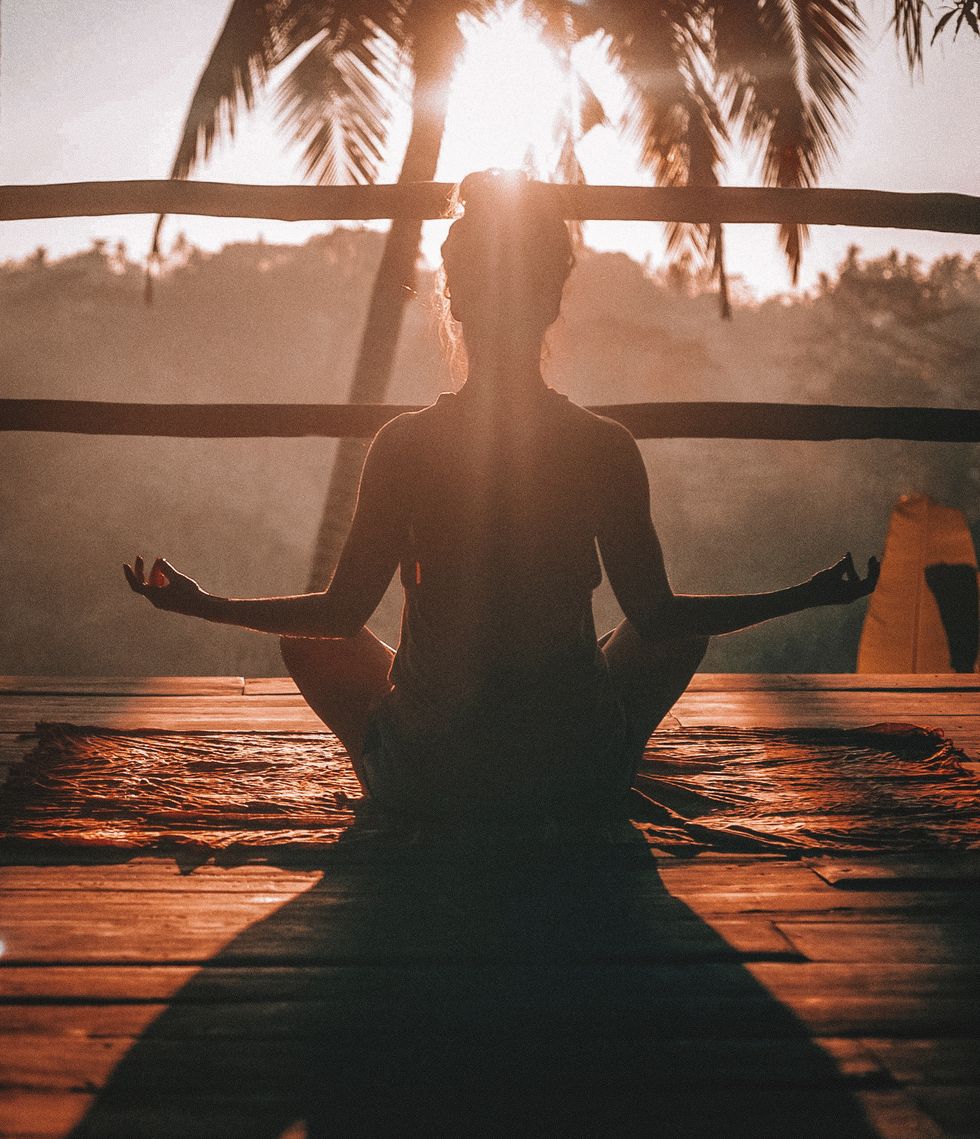Most days, my mind is on autopilot. I think and think and think, and often I don’t realize that my thoughts are racing because I’m accustomed to that fast pace. Recently, however, I took part in A Half Day of Silence retreat at the Dharma Bum Temple, a temple dedicated to the study of Buddhism. This retreat included four hours of silent meditation with small, intermittent breaks.
As I only began meditating roughly six weeks ago, I somewhat dreaded this experience. For starters, it began at eight in the morning, and I’m the type of person who struggles getting up for my 9:30 a.m. class. I know myself, and sitting still is not something I do well for prolonged periods of time. Also, while I am typically a quiet person, the idea of purposefully being silent for four straight hours was intimidating.
In the end, of course, this retreat was an immensely rewarding experience.
The best way I can explain what this Half Day of Silence was like is to describe every detail.
I remember it being a windy and cloudy Saturday morning as I stood outside the temple doors. As we all filed in, strangers and familiar faces alike, our feet padded along the chilly wooden floorboards. I sat down on what is known as a zafu, which is a specific type of circular, padded cushion, and immediately entered my meditation zone. The start of a mediation is traditionally signified by three bells, and their sound echoed across the silent room.
As always, the first couple of minutes were the hardest for me as I acclimated to both the chill of the air and the pronounced silence around me. My thoughts didn’t stop as I sat there quietly, and they definitely weren’t made of waterfalls, forests or sunny meadows. They were normal thoughts — faces of loved ones, memories, an imaginary conversation or two. I think most mediation beginners, like myself, become frustrated when they don’t have some sort of ethereal feeling.
With each 25-minute meditation session, I felt meditating becoming easier. My senses, rather than tangible words, became my thoughts. I felt the people around me rather than saw them. I noticed the way my feet rested differently on the floor and the feel of a breeze on my exposed ankles. At one point, it began pouring rain. The combination of chilly air and raindrops pinging against glass windows created a lulling effect on me, and I’m sure it affected others similarly.
At one point, we switched to a working meditation where we all cleaned the temple in silence. As we kept our eyes open now, we communicated in glances and smiles rather than words. It was an interesting dynamic, to express my thoughts with physical expression, and I became acutely aware of what facial expressions I held. It was a peaceful interaction, and I enjoyed how slow the chatter in my mind became.
My favorite part was the walking meditation towards the end of the retreat. The most jarring part of the experience was how slow we walked, and it forced me to stop and reflect on how rarely I take my time. Without the need to talk, I focused on my balance and the sounds around me.
I drank in the edges of different flowers and the colors they held. I could hear the dragging of sneakers across damp pavement or the slight slosh of water as we stepped through puddles. It was an enchantingly beautiful experience, and I felt connected to these people on a deeper level, somehow.
By the end of this four-hour retreat, I wasn’t thinking in the traditional sense. It’s as if I was an infant without the knowledge of language, feeling things only in emotions or sensations. I felt light in a strange sort of way.
These four hours taught me the significance of truly existing in the present moment, something I rarely did before. The goal of mediation is to not do it perfectly but rather to be mindful of yourself and your surroundings. I will still fidget when I meditate, and sometimes I won’t be able to keep my eyes closed, but that’s okay. My aim is to find a moment of serenity, not perfect form.

















